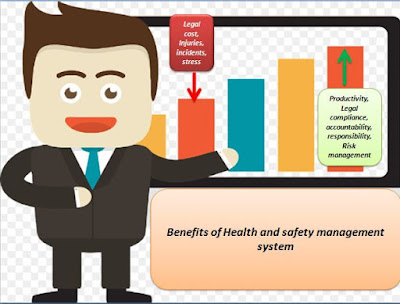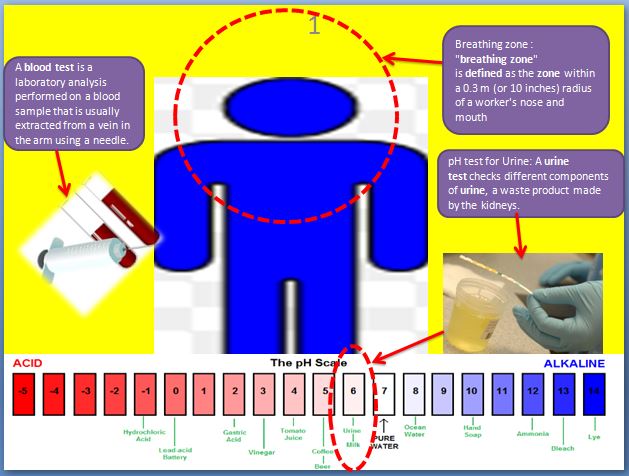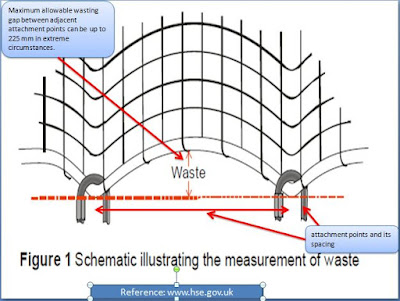Indian Health and Safety Legislation: Safety Officer Requirement.

Industrial Health and Safety blogs. What are the Indian Health and Safety Legislation Requirement for "Safety Officer" in different states? Ans: Section 40-B. Safety Officers According to The Factories Act 1948 In every factory :- wherein one thousand(1000) or more workers are ordinarily employed , or wherein, in the opinion of the State Government , any manufacturing process or operation is carried on, which process or operation involves any risk of bodily injury , poisoning or disease or any other hazard to health, to the person employed in the factory , the occupier shall, if so required by the State Government by notification in Official Gazette, employ such number of Safety Officers as may be specified in that notification. UTTAR PRADESH FACTORY RULES 1950 and Uttar Pradesh Factories (Safety Officers) Rules, 1984 THE TAMILNADU FACTORIES RULES, 1950, The Tamil Nadu Safety Officers (Duties, Qualifications and Condi
















